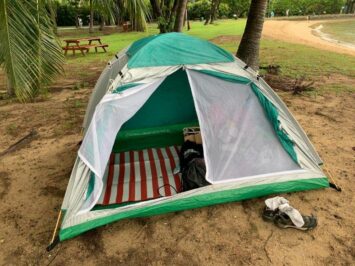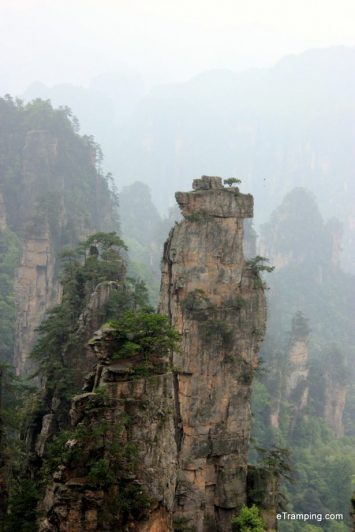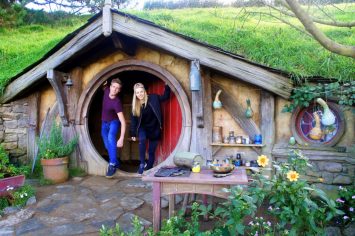The landscape of Northern Africa is dominated by the Sahara Desert which covers large tracts of the land. Most farming is carried out along the Nile, the Mediterranean Sea and in the valleys of the Atlas Mountains, which separates Northern Africa from the rest of the continent. Parts of Northern Africa have recently found deposits of crude oil and mined minerals, bringing the area new found prosperity. The seven countries that comprise Northern Africa stretch from the Sudan to Tunisia and produce around one third of the GDP of Africa.
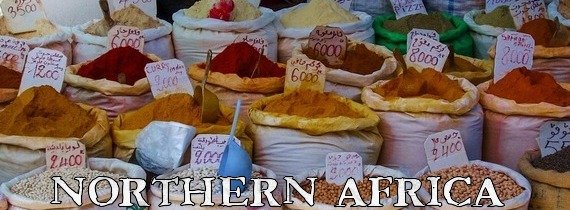
This part of Africa has a long and ancient history and the remains of temples to ancient gods, pyramids, Roman amphitheaters and fortresses leave their tales across the desert where still the people travel on camels and live in tents.
Quick Navigation
ToggleCountries in Northern Africa
Algeria
Algeria on the North coast of Africa is bounded by one thousand two hundred kilometers of Mediterranean coastline. The country boasts some of the best beaches on earth. The hinterland is dominated by large swathes of Sahara Desert and the north of Algeria is dominated by snow topped mountains.

Once a favourite holiday destination for sun seeking Europeans, in recent years Algeria has been plagued with incidents of terrorism and kidnapping and has not always been safe for travel.
Like many countries around the Mediterranean, over the centuries Algeria has been conquered by a host of European and Middle Eastern countries and each has left behind traces in architecture and culture of the country.
Here you will find some of the best Berbera Roman ruins in North Africa, Ottoman mosques and forts, Roman and Phoenician ruins and French inspired Catholic Basilicas.
Egypt
Egypt, land of Pharaohs, Pyramids and sand, whether exploring by boat, donkey or camel, there is always something interesting on the horizon in Egypt. With a wealth of historical sights and a diverse culture, Egypt has been a popular tourist destination since the days of the ancient Greeks and Romans.

Egypt is not just a land of ancient wonders it is also blessed with coral reefs and tropical fish at the Red Sea beach resorts, where diving and other water sports are very popular.
The desert sands bear witness to ancient and mystical civilizations with tombs, pyramids and temples scattered across the country. Here too the remnants of more recent history, with ruins of Coptic Churches, Monasteries and Mosques amongst the antiquities.
Egypt has something for every traveller from ancient relics to vast and rolling desert sands, from scuba diving in the coral reefs of the Red Sea, to sailing down the Nile, shopping in the bazaars of Alexandria or exploring classic and ancient art in Cairo’s famed museums.
Egypt was once a hugely popular tourist destination but since the uprisings of 2011, the country has been struggling to attract tourists. Most parts of Egypt are now safe and audacious travelers can now explore the country without the hordes of tourists.
Egypt is a land of legend. See some of the world’s greatest engineering feats. Visit ancient temples, royal tombs and some of the best museums on earth.
Western Sahara
With no permanent streams, Western Sahara is one of the driest and most hostile areas on earth. Occupied by the Spanish until 1974, it remains a disputed territory under the administration of Morocco.
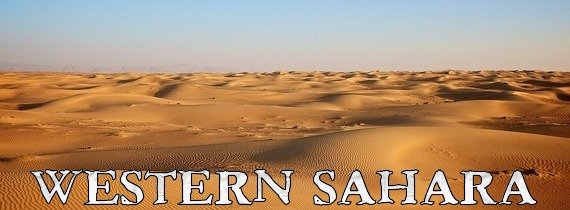
The main industry in Western Sahara is fishing. The country has a beautiful coastline, and at Dakhla, the desert sands meet the cool waters of the Atlantic Ocean. Here the coastal winds attract kite surfers and The Kite Surfing World Championships have taken place here almost every year since 2009. The beaches also attract swimmer, divers and sailing enthusiasts.
Those brave enough to take on the desert sands can travel by four-wheel drive or camel into the Sahara to spend the night into tented villages or to share and evening meal with the nomads or semi-nomads that wander the lands.
Libya
Libya on the north coast of Africa between Egypt and Algeria has a treasure trove of historical riches. Occupied at various stages of its history by Phoenicians, Greeks, Romans, Egyptians, Arabs and Turks the country boasts some splendid relics of its past.

Here tourists can see parts of the Phoenician port city, Sabratha, built in 500BC. In Leptis Magna, an ancient Roman theater and baths still stand in the remains of the city and in Cyrene built in 630BC find the ruins of temples to Greek gods.
The capital city, Tripoli, on the Mediterranean Sea has a wealth of great architecture both old and new. Contemporary skyscrapers stand alongside buildings like the Ottoman-built Red Castle and a number of splendid old Mosques, the walls of which are magnificently adorned.
Sadly, civil unrest has made it dangerous to travel to this part of the world so for now some of the best Greek and Roman archaeological treasures remain closed to tourism.
Morocco
Morocco is regarded as the crossroads of Europe, Africa and the Middle East. In this country, the diversity of culture and landscape is enormous. Large portions of the country are occupied by nomadic and semi nomadic people, who live much as they have for hundreds of years.

The Atlas Mountains, the beautiful Atlantic Ocean coastline and the Sahara Desert all form part of the diverse landscape of Morocco. Hiking, climbing, swimming, surfing or taking a camel trek into the Sahara all make for a varied holiday expectation.
The cities are home to ancient Mosques that showcase the building skills of the Moors. These buildings are full of magnificent mosaic works and intricate plaster latticework.
The Great Mosque in Casablanca was built to accommodate twenty five thousand people and is the eighth wonder of the world. Roman and Carthaginian ruins can be found all over the country.
Sudan
Some parts of Sudan are off-limits due to conflict, but there are many treasures waiting to be found in Sudan, and very few tourists that go there.
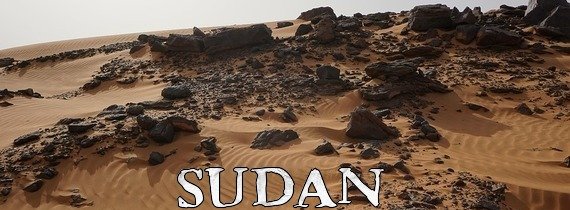
Scattered through the golden dunes of the beautiful Nubian desert are temples, Nubian pyramids and ancient cities. Meroe was once the capital of the Kingdom of Kush and here in the desert sands, more than two hundred steep black pyramids serve as crypts to royalty. The pyramids here are smaller than Egyptian pyramids but you can go right in.
The Nubian Desert stretches right across the country from the Red Sea. The Red Sea is known for its stunning coral gardens and vibrant marine life, and in Sudan the beaches are uncrowded.
Shop at the souk in Khartoum at the confluence of the Blue and White Nile. Here modern skyscrapers share space with classical mosques.
South Sudan
Travel to landlocked South Sudan is considered unsafe due to armed conflict and civil unrest. Attaining independence in 2011, it is Africa’s newest republic. Here travel is difficult as infrastructure is so poor that the roads are no more than dirt tracks.
The capital city, Juba is on the banks of the White Nile and is a port city. In recent years it has changed from shanty town to a bustling and very expensive city.
The 22800 square kilometer Boma National Park is filled with African wildlife and boasts the second largest wildlife migration on earth. Annually around one and a half million antelope migrate across the country.
Also, in South Sudan, the world’s largest inland wetland, the Sudd, formed by the White Nile, is home to hordes of hippos.
Tunisia
Situated as it is on the Mediterranean Sea, North Africa’s Tunisia is often regarded as a beach destination. With ancient ruins, Saharan sands and splendid cities which boast ancient bustling souks Tunisia has so much more to offer.

Here you will find the remains of Roman cities and also some of the most beautiful Muslim architecture. Tunisia has one of the best preserved Roman amphitheaters anywhere in the world. Complete Roman houses that were built underground to escape the heat still exist today.
The Bardo National Museum in Tunis is second only to the Egyptian Museum in riches. It boasts some of the most significant collections of Roman and Byzantine mosaics.
Wander the streets in the ruins of ancient Carthage, and stroll through an ancient medina in one of several cities. Travel the soft desert landscapes and walk in the stark lunar lands of a salt pan. Visit pristine white villages that dot the coast, and enjoy the seaside views.
